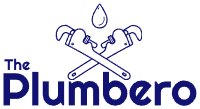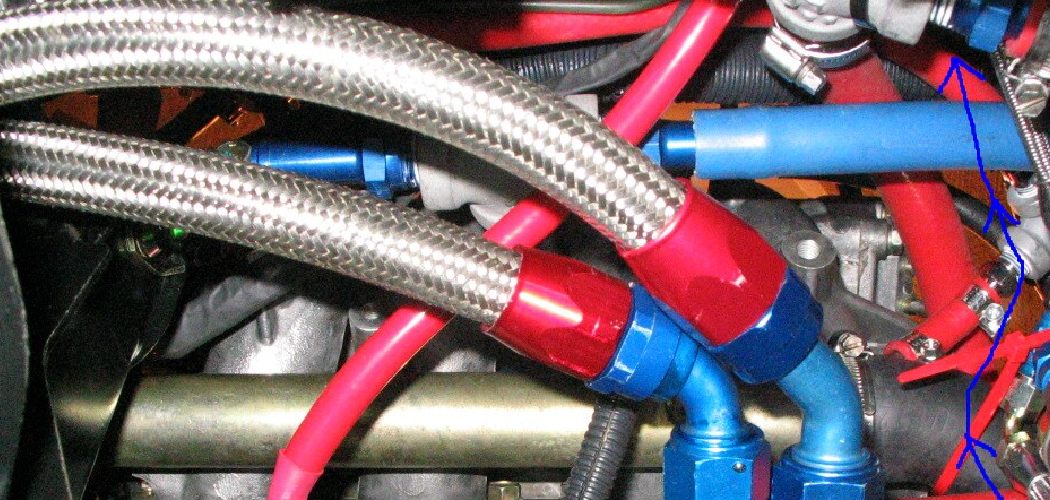A tee fitting is a T-shaped pipe connector commonly used in plumbing systems to join three separate pipes, allowing water to flow between them in different directions. These fittings are integral to residential and commercial plumbing setups, as they help manage water distribution and drainage efficiently. Over time, however, tee fittings can become clogged due to debris buildup, grease accumulation, or sediment settling within the pipes.
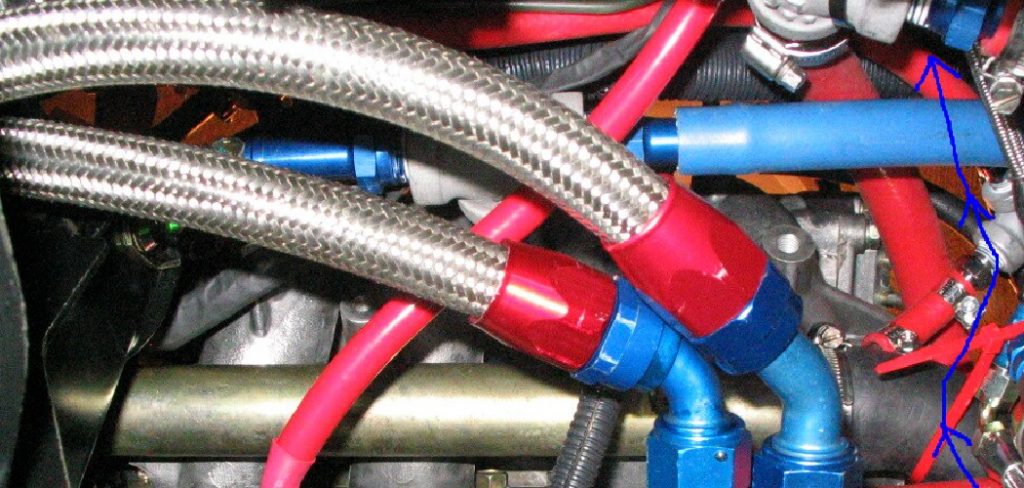
These blockages can obstruct water flow, leading to slow drainage, leaks, or even complete pipe failure if left unaddressed. Learning how to clean a tee on plumbing pipe is essential for maintaining a functional plumbing system and avoiding costly repairs. Regular cleaning ensures smooth water flow, prevents the formation of stubborn clogs, and extends the lifespan of your pipes. This guide will provide practical methods and tips for effectively cleaning a tee fitting and maintaining your plumbing system.
Understanding the Function of a Tee Fitting
What is a Tee Fitting?
A tee fitting is a T-shaped pipe fitting specifically designed to connect three separate pipes within a plumbing system. It allows water, gas, or other substances to flow in multiple directions by dividing or combining streams as necessary. Tee fittings are versatile, enabling efficient routing and distribution throughout residential, commercial, and industrial plumbing setups.
Common Locations of Tee Fittings
Tee fittings can be found in several critical areas within a plumbing system. These include drainpipes, which assist in directing wastewater to the appropriate exits, vent pipes that support airflow essential for proper drainage, and water supply lines that distribute clean water to different outlets. Their strategic placement ensures the smooth functionality of both water supply and drainage systems.
Why Tee Fittings Get Clogged
Over time, the horizontal section of a tee fitting is prone to clogging due to various factors. One common reason is the accumulation of debris, such as food particles, hair, or other materials, which get trapped in the pipe. Soap scum, grease buildup, and rust can also contribute to blockages. Additionally, hard water deposits caused by mineral buildup may gradually restrict the flow within the pipes, leading to inefficiency or even pipe damage if neglected. Proper maintenance can mitigate these issues, keeping your plumbing system working effectively.
Tools and Materials Needed
Basic Cleaning Tools
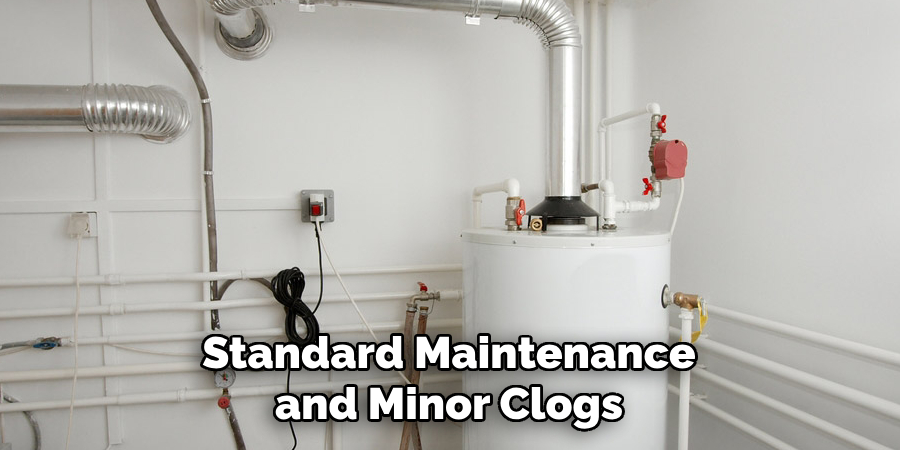
Having some basic cleaning tools on hand is essential for standard maintenance and minor clogs. A plunger is one of the most versatile tools, effective for dislodging blockages in drains with minimal effort. A pipe brush is handy for scrubbing the inner surfaces of pipes, clearing away buildup along the walls. For tougher obstructions, a drain snake or auger provides a practical solution by breaking up and removing deeper clogs.
For Deep Cleaning
When blockages persist, deep cleaning may be necessary. You’ll need an adjustable wrench to loosen fittings if parts of the pipe need to be dismantled. A bucket is useful for catching water and debris during the process, and rubber gloves protect your hands from grime and chemicals. For chemical-free cleaning, household staples like baking soda, vinegar, and hot water are effective at breaking down organic matter and grease.
Optional Cleaning Agents
For organic buildups, enzyme-based drain cleaners provide a natural and environmentally friendly solution, helping to maintain clear pipes over time. Chemical drain cleaners, however, should only be used as a last resort due to their harsh nature, which can harm pipes and the environment. Always follow safety guidelines when using chemical cleaners.
How to Clean a Tee on Plumbing Pipe: Flushing with Hot Water and Soap
Step 1: Boil a Pot of Water
Start by boiling a pot of water. This is the most basic and natural way to loosen and dissolve greasy buildups within the drain. Ensure you use enough water to reach the clogged area fully.
Step 2: Add Dish Soap and Pour the Mixture
Add a generous amount of dish soap to the boiling water. The dish soap helps to break down grease and other fatty residues that might be causing the blockage. Slowly pour the mixture directly into the affected drain, allowing it to coat and penetrate the clog effectively.

Step 3: Let it Sit
After pouring the mixture, give it time to work. Allow it to sit for 10-15 minutes so the hot water and soap can break down the buildup and loosen the debris clogging the pipe.
Step 4: Flush with More Hot Water
Finally, flush the drain with another pot of hot water. This will help push any remaining debris through and clear the drain. If the clog persists, you may need to repeat the process or move to a more intensive cleaning method.
How to Clean a Tee on Plumbing Pipe: Using Baking Soda and Vinegar
Step 1: Pour ½ Cup of Baking Soda Into the Drain
Begin by measuring out ½ cup of baking soda and carefully pouring it into the clogged or slow-draining pipe. The baking soda is a mild abrasive and has natural cleansing properties that help break down grease, grime, and other residues.
Step 2: Add 1 Cup of White Vinegar and Let It Fizz
Next, pour 1 cup of white vinegar into the drain. When vinegar combines with baking soda, a chemical reaction occurs, creating a fizzing action. This fizzing is crucial for loosening debris and breaking down buildup within the pipe. Allow the mixture to sit and work its magic for approximately 15 minutes.
Step 3: Pour Boiling Water Down the Drain
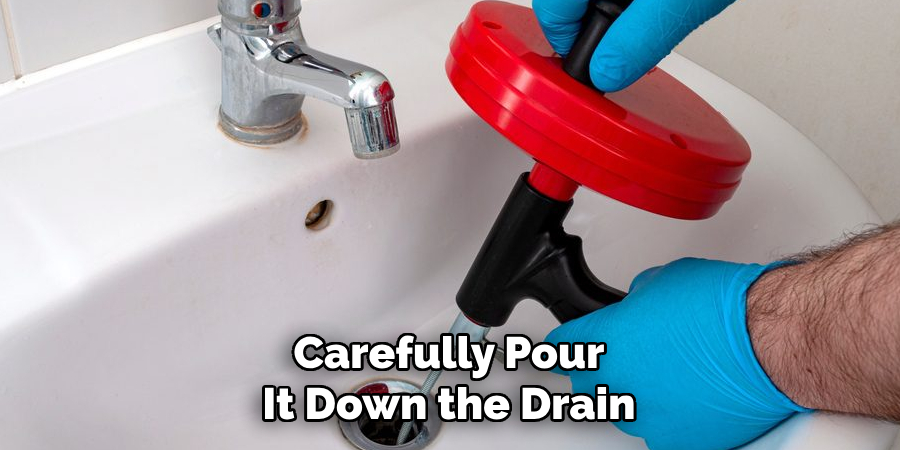
After the fizzing has subsided, bring a pot of water to a full boil and carefully pour it down the drain. The hot water helps flush out any loosened debris and wash away remnants of the baking soda and vinegar solution, leaving the drain clear.
Step 4: Repeat if Necessary for Stubborn Blockages
If the drain remains clogged or sluggish, repeat the process. For particularly stubborn blockages, you might need to perform this method more than once to achieve optimal results. This combination of baking soda, vinegar, and boiling water is an effective and eco-friendly way to tackle clogs naturally.
Using a Plunger or Drain Snake
Using tools such as a plunger or drain snake can often be highly effective when dealing with stubborn clogs that do not respond to natural remedies.
Using a Plunger
Start by ensuring there is enough water in the sink or drain to cover the plunger’s rim. The water creates a seal, which is critical for generating the suction force needed to dislodge the clog. Position the plunger directly over the drain opening, making sure it covers it entirely. Hold the handle firmly and plunge vigorously up and down for several seconds. After about 10-15 plunges, check to see if the clog has cleared. If the water begins to drain smoothly, the blockage has been successfully removed. If not, repeat the process again before trying another method.
Using a Drain Snake
A drain snake, or plumber’s auger, is another great tool for more persistent blockages. Begin by inserting the snake’s end into the drain opening and slowly feeding it into the pipe. When you encounter resistance, it usually indicates you have reached the clog. Gently twist and maneuver the snake to break up the debris or hook onto it. Carefully pull the drain snake back out, bringing any dislodged material with it. After removing the obstruction, flush the drain with hot water to remove any remaining residue and ensure the pipe is clean.
Both the plunger and drain snake are valuable and reusable tools that can save you time and effort when tackling tougher drain clogs.
Removing and Cleaning the Tee Manually
Removing and cleaning the pipe’s tee fitting manually may be necessary for stubborn clogs that cannot be resolved using a plunger or drain snake. This method requires some basic tools and careful handling.
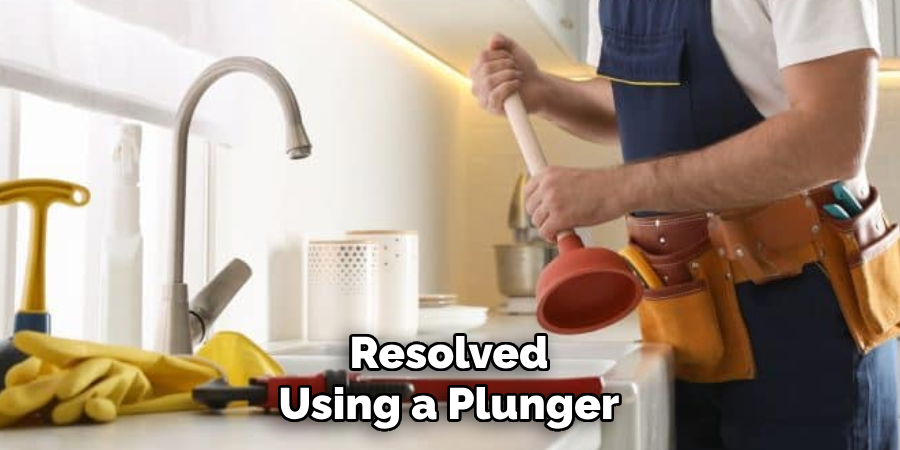
Step 1: Shut Off the Water Supply
Before beginning, turn off the water supply to the affected pipe to prevent any leaks or accidental spills.
Step 2: Place a Bucket Under the Pipe
Position a bucket directly beneath the tee fitting. This will catch any residual water or debris that escapes when you remove the pipe.
Step 3: Use an Adjustable Wrench to Unscrew and Remove the Tee Fitting
Using an adjustable wrench, carefully loosen and unscrew the tee fitting. Take your time to avoid damaging the fitting or the surrounding pipes. Once loose, gently detach the fitting from the pipe system.
Step 4: Clean the Fitting with a Pipe Brush and Rinse with Warm Water
Using a pipe brush, thoroughly scrub the inside of the tee fitting to remove any debris, buildup, or residue. Rinse it thoroughly with warm water to ensure it is completely clear and clean.
Step 5: Reinstall the Tee Fitting Securely and Test for Leaks
Reattach the tee fitting to the pipe, ensuring it is screwed on tightly and securely. Turn the water supply back on and check for any leaks. The process is complete if no leaks are detected and water flows smoothly.
This method effectively addresses blockages directly and maintains a clean plumbing system.
Preventive Maintenance Tips
Investing in regular preventive maintenance is critical to ensure a smoothly functioning plumbing system. One of the simplest steps you can take is to avoid flushing grease, hair, food scraps, or other debris down the drains. These substances are the leading causes of clogs and buildup in the pipes. Drain screens or strainers are used in sinks and showers to catch solid particles before they enter and block the plumbing system.
Another effective habit is to flush your drains regularly with hot water. Doing this once a week helps dissolve minor buildup of oils or soap scum, reducing the likelihood of blockages over time. You can occasionally use a mixture of baking soda and vinegar for extra cleaning power, followed by a flush of hot water.
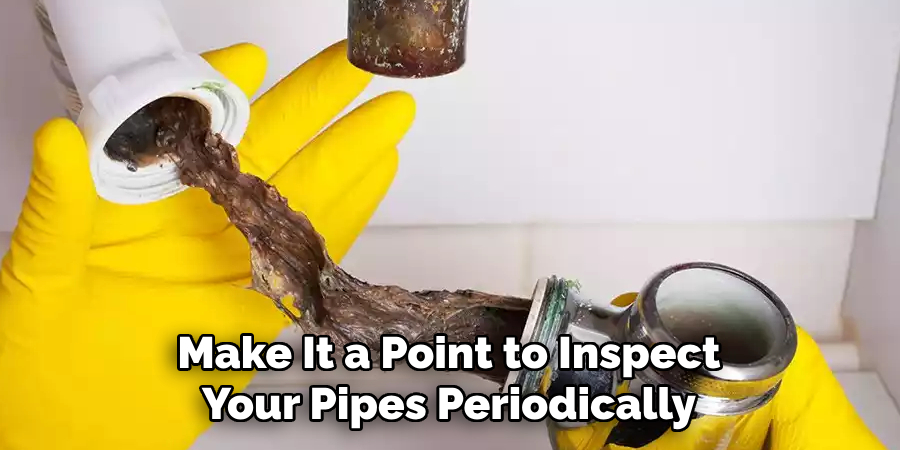
Additionally, make it a point to inspect your pipes periodically, especially in older systems. Look for early signs of blockage, corrosion, or leaks, which can help you take corrective action before problems escalate. Addressing small issues early is more cost-effective than dealing with bigger repairs later. Following these simple tips will not only extend the lifespan of your plumbing system but also save you time and money in the long run.
Conclusion
Maintaining your plumbing system is essential for avoiding costly repairs, and knowing how to clean a tee on plumbing pipe is a key part of this process. From simple methods like flushing with hot water to using baking soda and vinegar or manual removal for more stubborn debris, each technique ensures your pipes remain free of blockages. Regular maintenance, such as inspecting pipes and addressing issues early, significantly enhances the longevity and efficiency of your plumbing system. Adopting proper cleaning practices allows you to keep your system running smoothly and save time and money in the long term.
